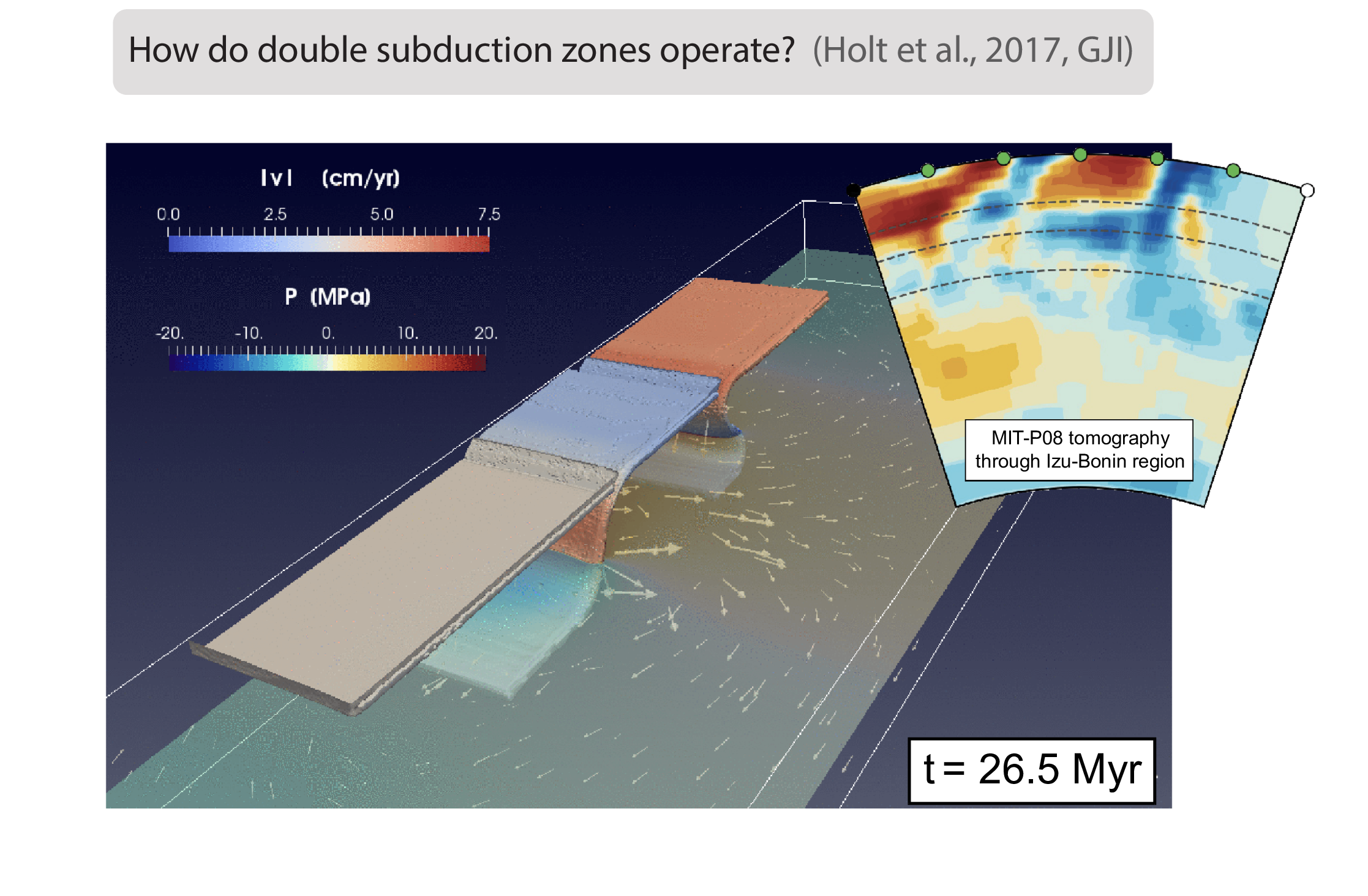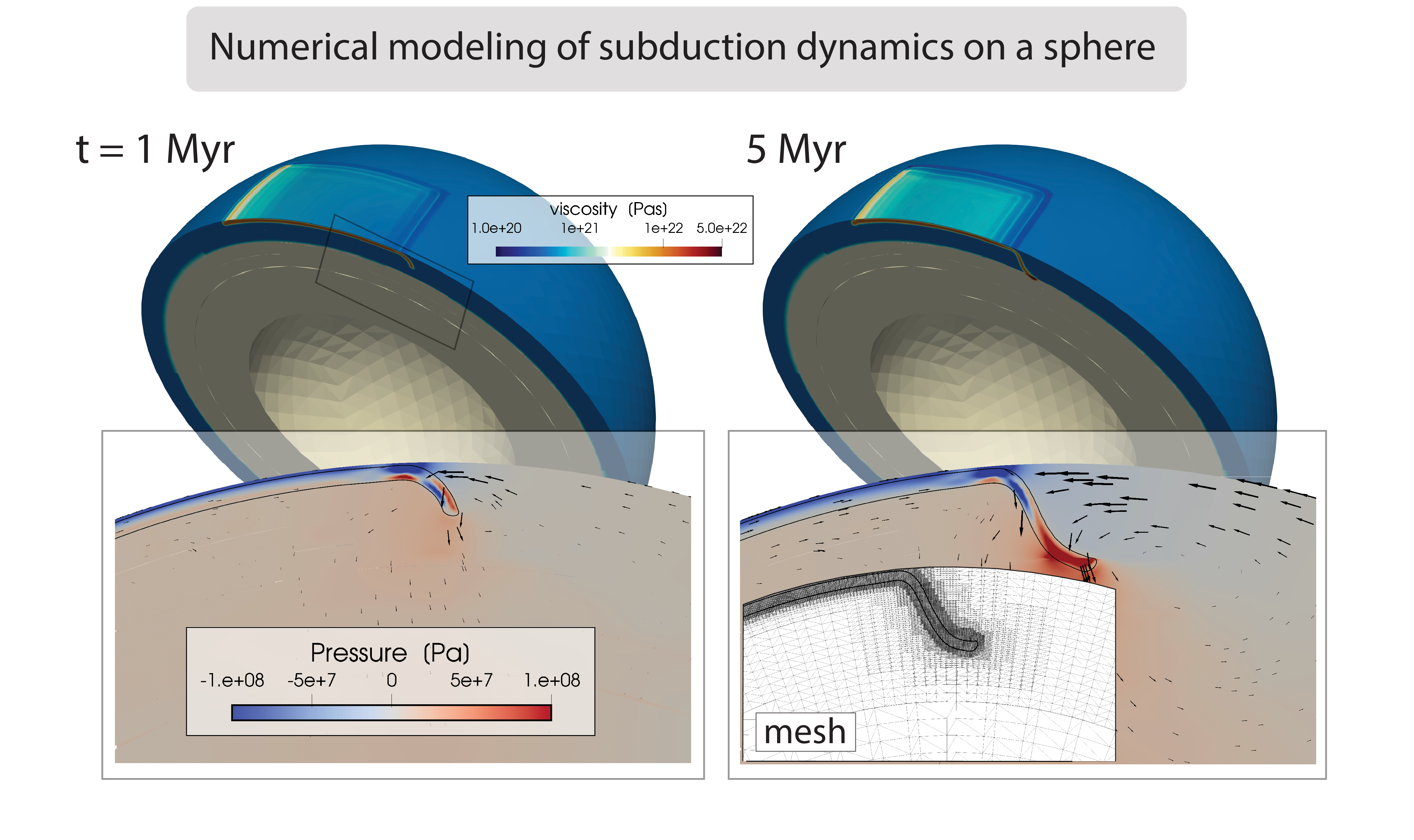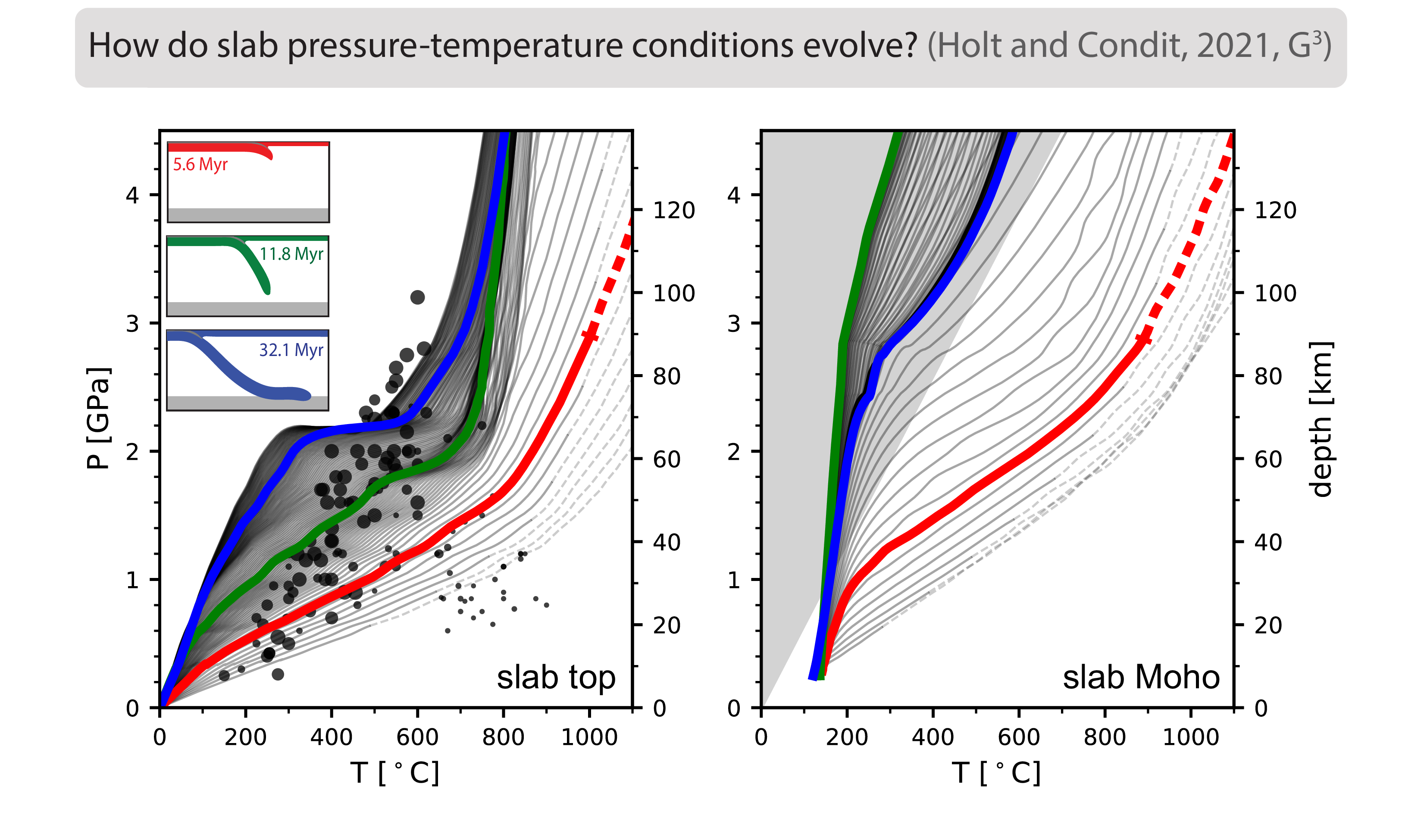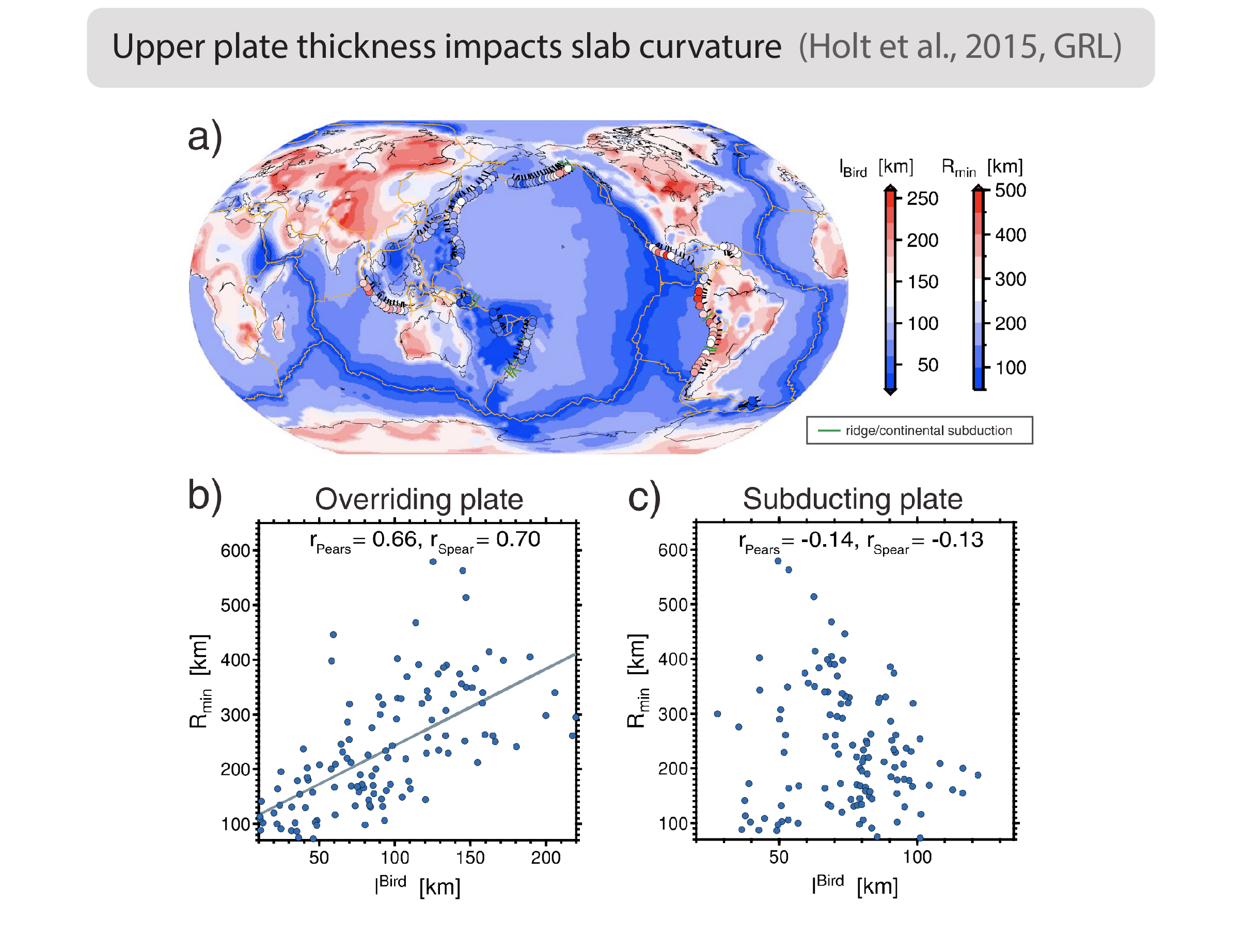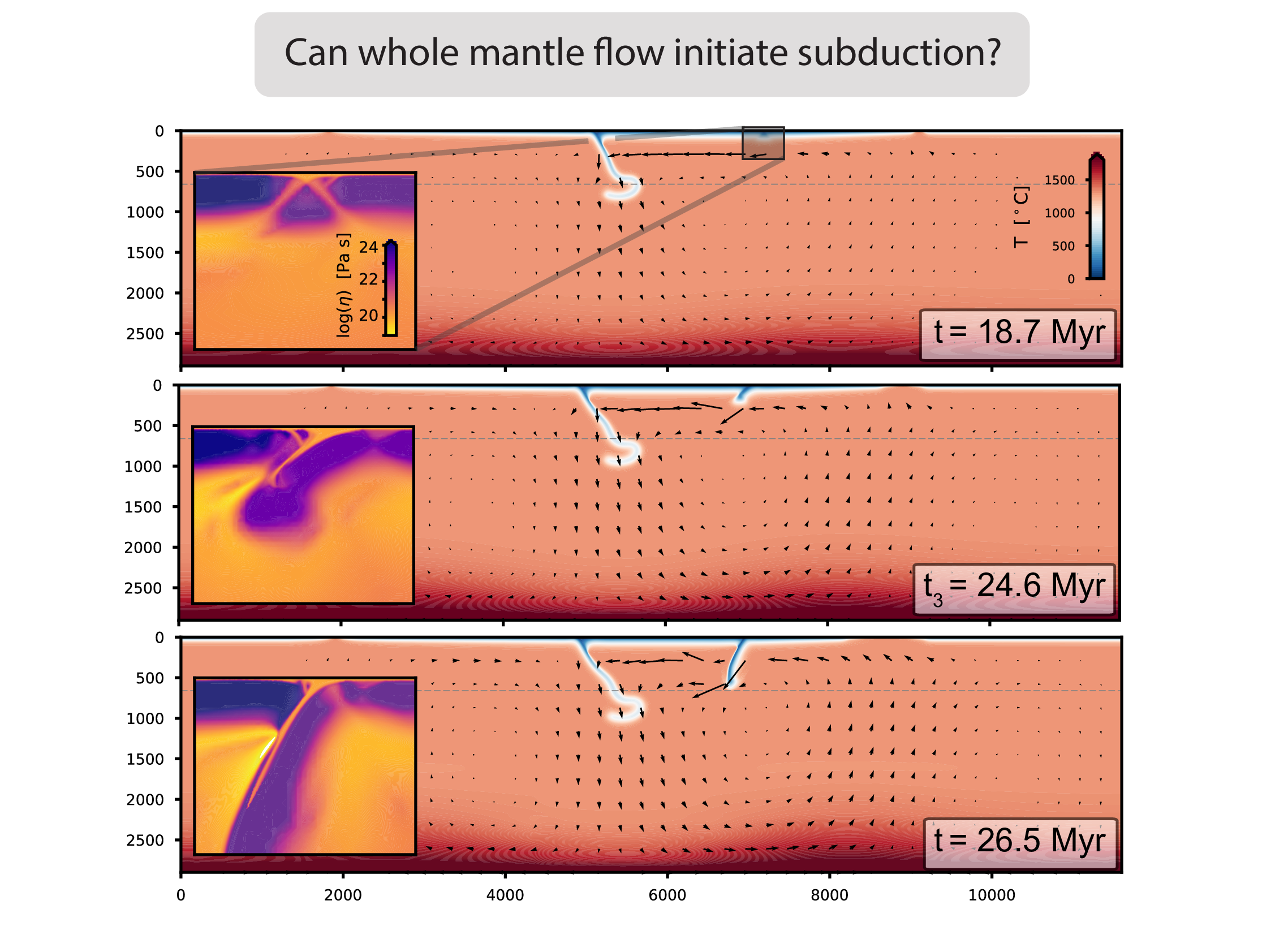Research
In the University of Miami’s Geodesy Laboratory we are working on a wide variety of geophysical problems
Active Volcanoes: We study the basaltic ocean island volcanoes in the Hawaiian Islands and in the Galapagos Islands. The volcanoes on Fernandina and Isabela Islands in the Galapagos are among the most active volcanoes in the world with an average of 3 eruptions every decade. These remote volcanoes have limited instrumentation on the ground. The University of Miami has an active research program studying these volcanoes primarily using satellite radar interferometry. Recent studys in the Galapagos Islands include the 2018 eruption of Sierra Negra volcano (e.g., Bell et al. 2021 PDF, Supp., Gregg et al. 2022PDF, and in Hawai’i of the 2018 eruption of Kialuea volcano (Farquharson & Amelung, 2020, PDF) and of the inter-eruption period of Mauna Loa volcano (Varugu and Amelung, 2021 PDF). Recent investigations of explosive andesitic volcanism include studies of the 2018 Krakatau eruption (Zorn et al., 2023) PDF, and of teh Kirishima voclanic complex in Kyushu, Japan [Junjun et al., 2021)] <iframe src='https://insarmaps.miami.edu/start/19.7/-155.6/7.5/?onlyShowDatasets=COSMO-SKYMED_HIMAGE_010_0000_20130904-20170611_0000_00000,CSK_HIMAGE_091_0000_20130914-20170609_0000_00000,&zoomOut=false'></iframe>
Active Tectonics We use geodetic data to study the strain accumulation along active faults and use observations of post-seismic deformation to infer the rheologic properties of the Earth’s crust. We have studied the Chaman Fault system in Pakistan and Afghanistan (Fattahi et al., 2015; Fattahi and Amelung, 2016). We used observatios of the post-seismic deformation following the 2013 Balutschistan earthquake to show that this event triggered afterslip along the megathrust fault (Lv et al., 2022). This shows that the megathrust is unlikely fully coupled along its entire width which has implications for the seismic potential of the megathrust.
Global slab and mantle dynamics: We are developing methods to investigate the strength and nature of mechanical interactions between regional plate boundaries and global-scale mantle circulation. We have developed analytical models of slab-induced mantle flow within a global upper mantle (Holt and Royden, 2021, G-Cubed) and used these to argue that Earth’s slab dip distribution is strongly affected by global flow patterns. We have also constructed global numerical subduction models to validate the results of the (more idealized) analytical models (Holt and Royden, in prep.) and, following a recent NSF award, are applying this numerical approach to investigate the imprint of global flow on Western Pacific slabs.
Plate tectonic analyses: We derive geodynamics expressions, or “rules”, to explain present-day tectonic observations (e.g., trench migration rates and directions). To do this, we focus on evaluating the validity of simple mechanical models - e.g., static force balances - to reproduce tectonic plate motions. Such rules can, in turn, be applied to evaluating the geodynamic validity of plate reconstructions, as these are often constructed without explicitly considering the dynamic feasibility of the reconstructed plate behavior.
